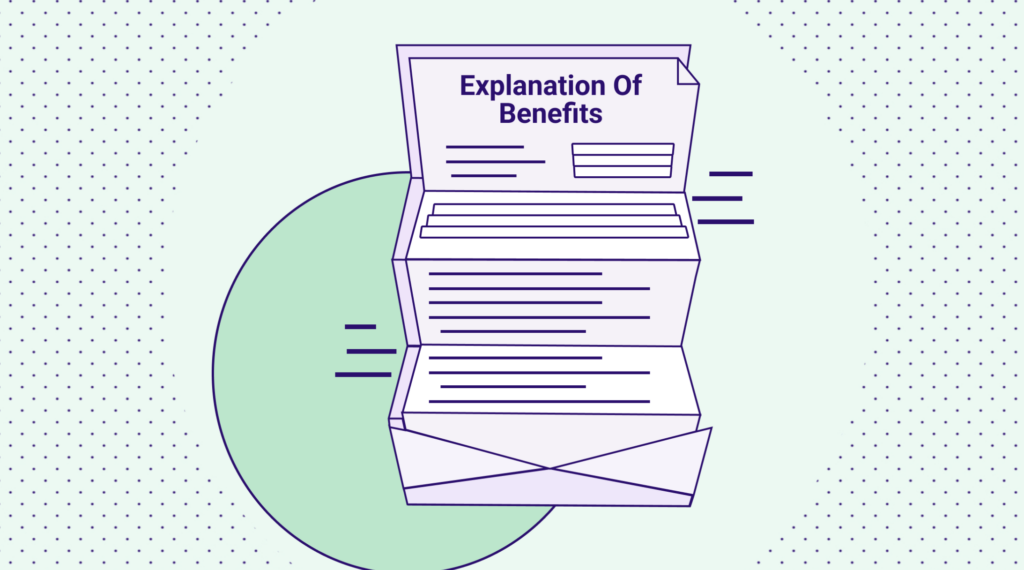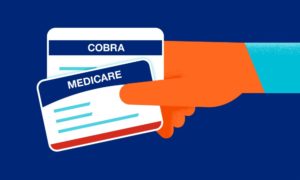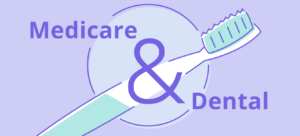Understanding Your Explanation of Benefits (EOB): A Comprehensive Guide to Navigating Healthcare Costs

After visiting a doctor or hospital, you typically receive a detailed and important document known as the Explanation of Benefits (EOB). This document, sent by your health insurance company, details the medical services you’ve received, the amount the insurer has paid, and the remaining costs you are responsible for. It serves as a communication bridge between you and your insurance provider, helping you understand the financial aspects of your care.
However, understanding an EOB can be quite intimidating due to the complex terminology and structure. This is why we have created this comprehensive guide to demystify the EOB, equipping you with the knowledge to effectively read and comprehend this important document. In addition, we will elucidate the importance of matching your EOB with your medical bills to ensure accuracy and financial transparency.
What’s Included in an EOB?
An EOB typically includes the following sections:
- Patient and Provider Information: This part identifies the recipient of the services and the healthcare provider who dispensed them.
- Service Details: This includes a detailed breakdown of the specific medical services or treatments received. You will also find medical procedure codes, dates of service, and the names of the healthcare professionals who provided care.
- Charges: Here, you will find a breakdown of the financial aspects, including the total cost billed by the provider, how much the insurance company allowed for those services (agreed upon by the insurer and provider), and what the insurer paid.
- Patient Responsibility: This section lists the remaining amount you are responsible for. This could encompass copayments, deductibles, and coinsurance, all dependent on the specifics of your insurance plan.
- Claim Appeal Rights: This includes information about your rights if you find yourself disagreeing with the insurance company’s decisions. It guides you on how to launch an appeal.
It’s imperative to meticulously review these sections to understand the services you received, the charges incurred for those services, the portion covered by your insurance, and the remaining amount that you owe. Moreover, the EOB informs you about your appeal rights, enabling you to dispute any payment decisions by the insurance company that you disagree with.
The Importance of an EOB
Although it may seem like another piece of paperwork, the EOB holds several key roles:
- Cost Transparency: The EOB offers a detailed view of the costs linked to your healthcare services, helping you understand where your premiums are going and the value you’re obtaining from your insurance plan.
- Error Detection: It allows you to spot any errors or inconsistencies in billing. Early detection can save you from overpaying and aid in identifying potential instances of fraud.
- Budget Planning: Knowing the amount you owe enables you to plan your finances and evade surprise medical bills.
- Record Keeping: Keeping your EOBs on file provides a historical record of the medical services you have received, which can be useful for future reference or for tax purposes.
Matching the EOB to the Medical Bill
After understanding your EOB, it’s of utmost importance to compare it with your medical bill before making any payments. This comparison ensures that the billed services align with those listed in the EOB, thereby guaranteeing the accuracy of the billing process.
Here’s how you can ensure a seamless matching process:
- Wait for Your EOB: Don’t rush to pay any bills from your provider after receiving medical services. Instead, wait for the EOB from your insurance company.
- Compare the Documents: Upon receiving both documents, take the time to compare them. Check that the services listed, the dates, and the amounts match up. Remember, your EOB represents the insurance company’s version of what transpired – it shows what the provider charged, what they paid, and what you owe.
- Spot Any Discrepancies: In case the amounts or services don’t match, or if you receive a bill before your EOB, there could be an error. In some cases, a provider may attempt to collect payment before they’ve properly submitted the charges to the insurance company.
Creating an Online Account with Your Insurance Company
Today, most insurance companies offer you the opportunity to create an online account on their websites. These portals grant you 24/7 access to your insurance information, allowing you to view your EOBs, manage your claims, and keep track of the status of pending claims. If you can’t access your EOB online, make sure to contact your insurance company directly to obtain a copy and verify the information on your bill.
In conclusion, the Explanation of Benefits is an invaluable tool in managing your healthcare expenses, ensuring billing accuracy, and optimizing your insurance benefits. Understanding its various sections and roles, accurately matching it with your medical bills, and utilizing the online services provided by your insurance company is an empowering step towards taking full control of your healthcare expenses. Remember, your insurance company is there to assist you throughout this process, so don’t hesitate to reach out with any questions or concerns.
To better understand your EOB, you should also familiarize yourself with some key healthcare and insurance terms:
- Total Billed Amount: The total cost billed by the provider for the services provided.
- Allowed Amount: The maximum amount that the insurance company agrees to pay for a service.
- Paid Amount: The portion of the bill that the insurance company has paid.
- Patient Responsibility: The amount the patient must pay. This could include copayments, deductibles, and coinsurance, depending on the insurance plan.
- Claim: A request for payment that the healthcare provider submits to the insurance company.
Practical Tips for Managing Your EOBs
- Keep Your EOBs: Store your EOBs for future reference. They are essential records of your healthcare services, which might be necessary for tax purposes or future medical needs.
- Review EOBs Regularly: Regularly checking your EOBs can help you spot errors and potential instances of fraud.
- Ask for Help: If there’s anything you don’t understand in your EOB, don’t hesitate to ask your insurance company for clarification. They can explain the details and help you understand the charges.
There may be times when you need to contact your insurance company directly. This could be due to discrepancies between the EOB and the medical bill, issues with accessing your EOB online, or to seek clarification on the details in your EOB. Remember, your insurance company is there to help you navigate this process.
Understanding Your Rights
The EOB also outlines your rights when it comes to disputes and appeals. If you disagree with the insurance company’s payment decisions, you can launch an appeal. Being familiar with this process is crucial to protect your rights as a healthcare consumer.
Understanding and managing your Explanation of Benefits is a crucial aspect of navigating the healthcare system. By doing so, you can maintain financial transparency, ensure accurate billing, and prevent unnecessary payments. Despite its complexity, with the right knowledge and resources, anyone can master the EOB. In the end, it’s about taking charge of your healthcare expenses and maximizing the benefits of your insurance plan. Working with a local New York Medicare agent like the team at Plan Medicare will make all of your Medicare decisions clear and easy.






